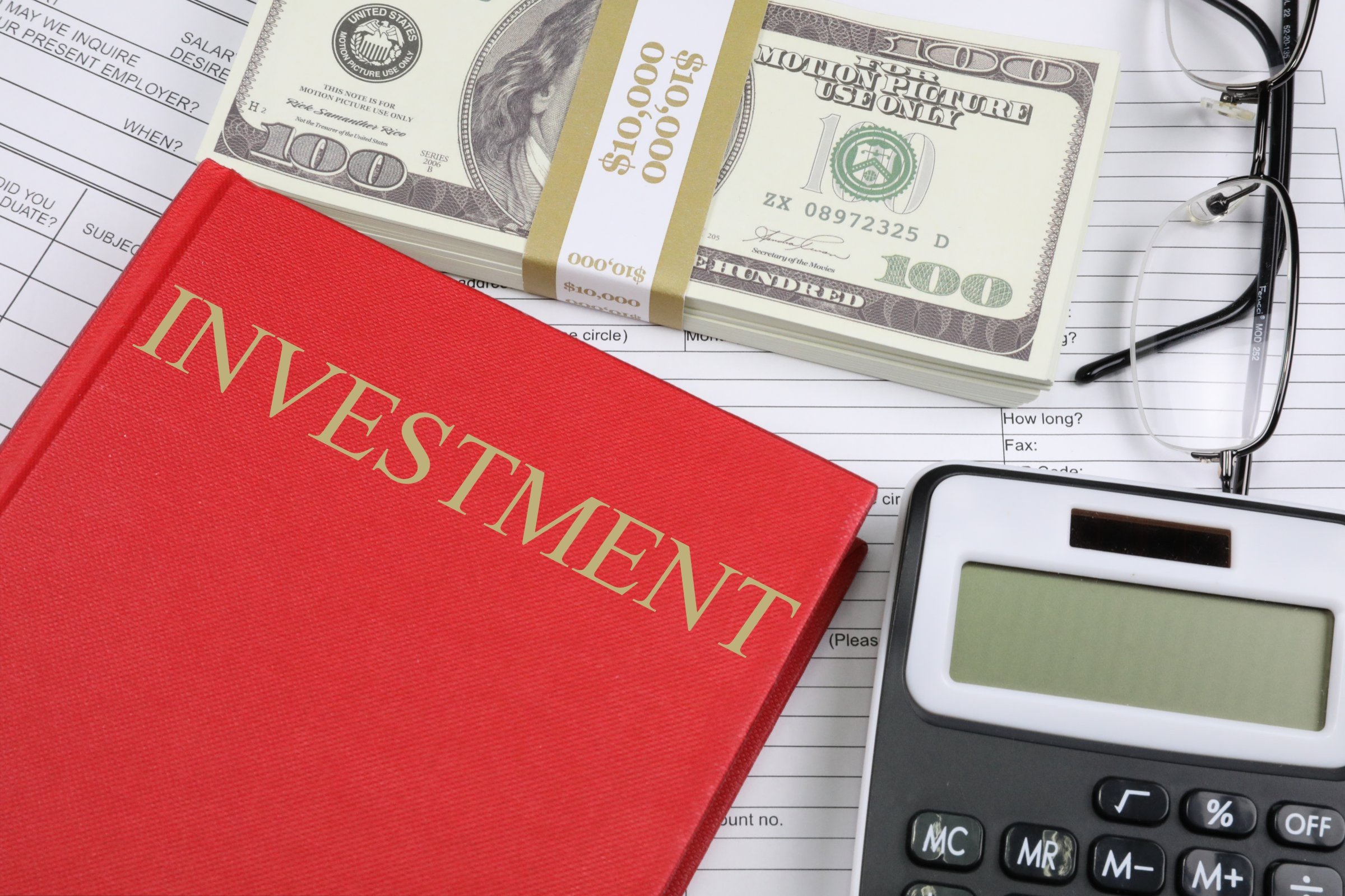By following a structured process, employing appropriate valuation methods, and making necessary adjustments, valuators can provide accurate and reliable valuations.
In today’s ever-evolving business landscape, understanding the value of a business, including its property, equipment, and machinery, is more critical than ever. Whether for the purposes of sale, acquisition, insurance, or financial reporting, a robust valuation provides stakeholders with the insights needed to make informed decisions.
This article demystifies the business valuation process, focusing on business property, equipment, and machinery, offering a comprehensive guide for businesses, valuators, and financial professionals.
Understanding Business Valuation
Business valuation is a complex process used to determine the economic value of a company as a whole or, more specifically, the worth of its individual assets, such as property, equipment, and machinery. This valuation is crucial for various purposes, including sale transactions, financing, merger and acquisition strategies, and legal disputes.
Purpose of Valuation
The first step in the business valuation process is identifying the purpose of the valuation. This purpose affects the choice of methods used and the approach to valuation, as different objectives may require different property valuation perspectives and methodologies.
Valuation Methods
- Cost Approach
The Cost Approach is established on the doctrine of substitution – that a cautious investor would not spend more for an investment than the price to replace it with a new one of equivalent utility. This approach considers the replacement or reproduction cost of the assets minus depreciation.
- Market Approach
The Market Approach determines value by comparing the assets to similar items that have been sold recently, adjusting for differences in quality, condition, and location. This approach is often used for valuing business property where there is a lively market for comparable assets.
- Income Approach
The Income Approach is used to value assets that generate income, such as machinery and equipment in use. This method involves estimating the future cash flows that the asset is expected to produce and discounting them to their present value.
How to know which valuation method applies to your business
Each valuation method has its strengths and limitations, so it’s essential to choose the most suitable one for your specific business. It is also common for valuations to use a combination of methods to get a more accurate estimate of the asset’s value.
Determining the Value of Business Property
For business property, the cost approach is often used because it considers the replacement cost of the property. However, the market approach can also be applicable if there is a vibrant market for similar properties in the area.
Determining the Value of Business Equipment and Machinery
For business equipment and machinery, both the cost approach and income approach are commonly used. The cost approach is suitable for new or unique assets, while the income approach considers the future cash flow generated by the asset.
The Valuation Process
The process of valuing business property, equipment, and machinery involves several key steps:
1. Preparation and Data Collection
Gathering comprehensive information about the business and its assets. This includes financial records, asset inventories, and operational data.
2. Understanding the Market
Analysing market conditions and trends that may affect the value of the business assets. This involves researching recent sales of similar assets, industry reports, and economic forecasts.
3. Selection of Valuation Methods
Depending on the type of asset and the purpose of the valuation, different methods may be applied. Common methods include the Cost Approach, Market Approach, and Income Approach.
4. Adjustments
Adjusting the initial valuation figures based on the condition of the assets, their operational effectiveness, and their contribution to the business’s earnings.
5. Final Valuation Report
Compiling the data, analyses, and adjustments into a comprehensive valuation report that provides a detailed explanation of the value determined for the business property, equipment, and machinery.
Adjustments in Valuation
Adjustments are a critical part of the valuation process. They account for the specific conditions and circumstances that may affect the value of business property, equipment, and machinery. These adjustments can be for physical depreciation, functional obsolescence, or economic obsolescence.
Physical Depreciation
This reflects the wear and tear from use or the passage of time. It is typically calculated using the asset’s useful life and its condition.
Functional Obsolescence
Functional obsolescence occurs when an asset is less efficient or useful due to design or technology changes. This type of depreciation is adjusted based on the cost to upgrade the asset or the loss in income due to its inefficiency.
Economic Obsolescence
Economic obsolescence arises from external factors, such as changes in regulations, market conditions, or the economic environment, affecting the asset’s value. This requires adjustments based on the estimated impact of these external factors on the asset’s earning capacity.
Final Valuation Report
The culmination of the business valuation process is the final valuation report. This document provides a comprehensive and detailed account of the valuation process, methodology, adjustments, and final valuation figures. It should be clear, concise, and capable of withstanding scrutiny from third parties such as auditors, tax authorities, or potential buyers.
Components of the Valuation Report
A thorough valuation report includes:
- Executive Summary: A high-level overview of the valuation findings.
- Purpose and Scope of Valuation: Detailed explanation of the reasons for the valuation and the assets included.
- Information about the Subject Business: An analysis of the business, including its history, operations, and financial performance.
- Valuation Methodology: A detailed description of the valuation methods used and the rationale behind their selection.
- Adjustments Made: An explanation of any adjustments to the valuation figures.
- Valuation Conclusion: The final valuation figure, along with any qualifying statements.
Why Professional Business Valuation Matters

Business valuation is no easy task and requires expertise, experience, and objectivity to be done correctly. Hiring a professional valuator can provide several benefits to businesses, including:
- Accurate Valuation: Professionals have access to the latest data, resources, and knowledge to ensure an accurate assessment of the business’s worth.
- Unbiased Opinion: Professional valuators are independent and have no vested interest in the business, providing an unbiased opinion of its value.
- Credibility: A professionally prepared valuation report carries more weight and credibility with potential buyers, lenders, or investors.
- Compliance: In cases where a business is required to undergo a valuation for legal or tax purposes, hiring a professional ensures compliance with regulations and standards.
When is the best time for a business property valuation?
Business property valuations should be conducted at regular intervals, such as every 1-3 years, to ensure the most accurate and up-to-date value. However, there are certain situations where a business may need to conduct a valuation outside of these intervals:
- Mergers and Acquisitions: When a company is considering mergers or acquisitions, a valuation is often necessary to determine the value of the assets being acquired.
- Selling or Buying a Business: A valuation is crucial in determining the fair market price of a business, whether you are looking to sell or make a purchase.
- Estate Planning and Gift Tax Purposes: Valuations may be needed for estate planning purposes to distribute assets among beneficiaries fairly. They may also be required for gift tax purposes when transferring ownership to family members.
- Legal Disputes: In cases of legal disputes, a valuation may be necessary to determine the value of assets involved in the dispute.
Conclusion
Business valuation, particularly for business property, equipment, and machinery, is a nuanced and complex process. It requires a deep understanding of both the assets being valued and the market in which they operate. By following a structured process, employing appropriate valuation methods, and making necessary adjustments, valuators can provide accurate and reliable valuations.
These valuations are essential for informed decision-making, providing stakeholders with the confidence to act on sale, purchase, financing, and strategic planning activities. In navigating the complexities of machinery and equipment valuation for businesses, it is best to consult the expertise of Australian Valuations.


Join the conversation!